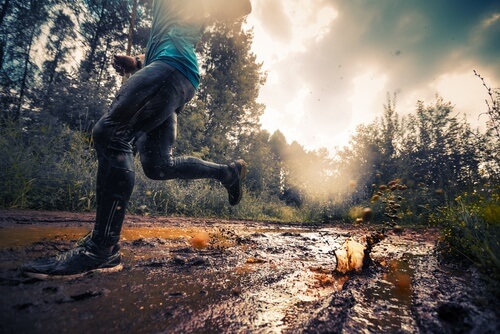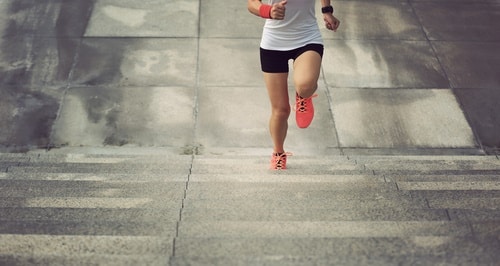Best Running Shoes for Overpronation
This page contains affiliate links. As an Amazon Associate I earn from qualifying purchases.
Overpronation of the feet is the condition where the feet roll inward for more than fifteen percent, which is more than the normal rolling motion of normal pronation of the feet. This means that the body has some trouble in stabilizing the body, and the shock is not absorbed efficiently.
In order to lessen the pain from overpronation while running, and some of them are so versatile that they are deemed as the best running shoes for such a condition.
Quick Navigation
At a Glance: Our Top Picks for Best Running Shoes for Overpronation
| IMAGE | PRODUCT | DETAILS | ||
|---|---|---|---|---|
|
BEST OVERALL
 |
BEST OVERALL
|
|
View on AllBirds.com → | |
|
Runner Up
 |
Runner Up
|
|
View on Amazon → | |
|
BEST AFFORDABLE
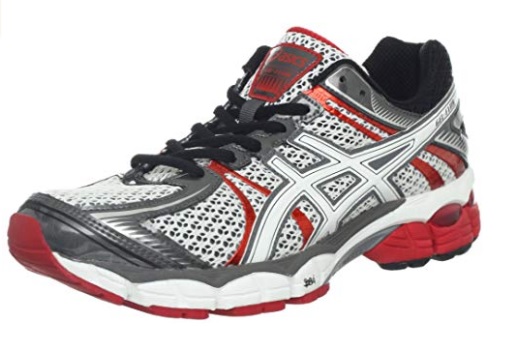 |
BEST AFFORDABLE
|
|
View on Amazon → | |
|
BEST WOMEN'S RUNNING SHOES FOR OVERPRONATION
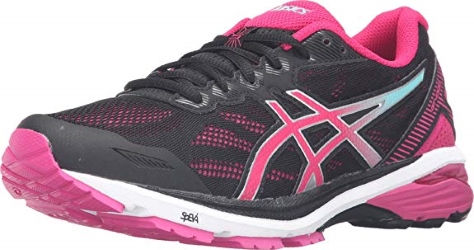 |
BEST WOMEN'S RUNNING SHOES FOR OVERPRONATION
|
|
View on Amazon → | |
|
BEST MEN'S RUNNING SHOES FOR OVERPRONATION
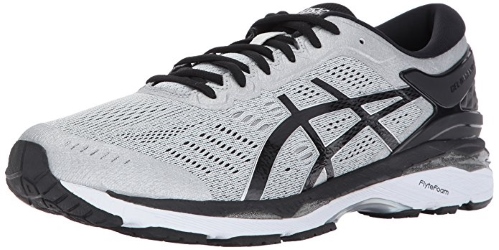 |
BEST MEN'S RUNNING SHOES FOR OVERPRONATION
|
|
View on Amazon → | |
|
BEST RUNNING SHOES FOR FLAT FEET AND OVERPRONATION
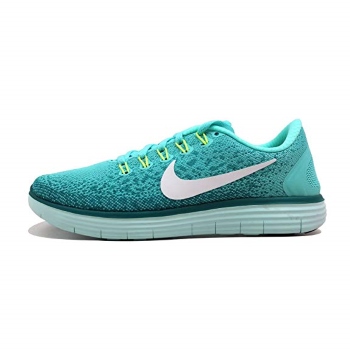 |
BEST RUNNING SHOES FOR FLAT FEET AND OVERPRONATION
|
|
View on Amazon → |
Best Rated Running Shoes for Overpronation Reviewed
Now that you know the problems that overpronation can cause and how to address overpronation in order to avoid such problems, you may be wondering if there are any shoes that are best for this foot condition.
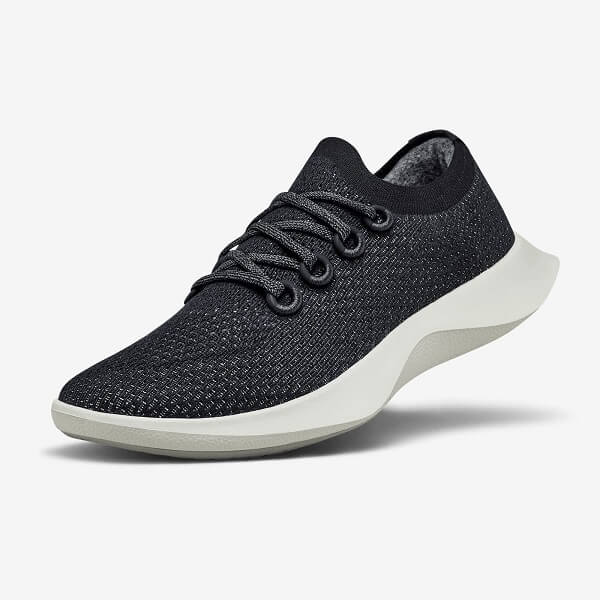
- Flared outsole provides excellent pronation control
- Made with natural, renewable materials
- Breathable and flexible
- Lightweight and well-cushioned
- Only comes in one style
- Flared outsole provides excellent pronation control
- Made with natural, renewable materials
- Breathable and flexible
- Lightweight and well-cushioned
- Only comes in one style
Straighten and align your feet naturally while enjoying full support. Allbirds Tree Dashers were designed with the help of athletes who put incredible demands on their footwear, so the rest of us mere mortals can increase our fitness level in comfort.
Let’s talk about support, because that’s what you need most right now. These running shoes have a flared outsole that doesn’t give in to your body’s urge to overpronate. Inner heel cushions made with soft, breathable Merino wool keep your heels locked in and help promote proper alignment.
Function is one thing – and lots of shoes have it. What’s often missing though, is comfort. Tree Dashers feature one-piece, seamless uppers made with renewable Eucalyptus fiber. The knitted weave surrounds and supports your feet while offering breathability and allowing your feet to flex. Slip-on styling means you’ll be tempted to wear these as street shoes (And why not? We do!)
Looks might not be everything but this shoe definitely has them. There are several appealing color combinations to choose from.
Guys, in case you’re still with us, the men’s version of this comfortable running shoe helps your overpronation and offers the same features.

- Very comfortable
- True to size
- Has a wide toe box
- Prone to coming apart
- Runs small in length
- Very comfortable
- True to size
- Has a wide toe box
- Prone to coming apart
- Runs small in length

- Very lightweight
- Well ventilated
- Has a more pronounced support
- Hard to break in
- Foam area of the heel may rip off
- Very lightweight
- Well ventilated
- Has a more pronounced support
- Hard to break in
- Foam area of the heel may rip off

- Orthotics can fit the shoe
- Has moderate stability and cushioning
- Good stability
- Runs narrow
- Is not slip resistant
- Orthotics can fit the shoe
- Has moderate stability and cushioning
- Good stability
- Runs narrow
- Is not slip resistant

- Very comfortable
- Has extra heel support
- Good cushioning
- Portion of sole may separate over time
- Has a tight toe box
- Very comfortable
- Has extra heel support
- Good cushioning
- Portion of sole may separate over time
- Has a tight toe box
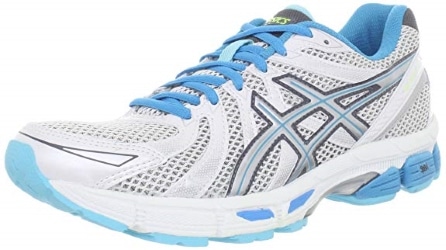
- Very comfortable
- Very stylish
- Durable
- Fits differently than previous model
- Runs smaller than expected
- Very comfortable
- Very stylish
- Durable
- Fits differently than previous model
- Runs smaller than expected

- Very comfortable
- Lightweight
- Good quality for its pricing
- Shoes may be prone to falling apart
- Toe box is too wide
- Very comfortable
- Lightweight
- Good quality for its pricing
- Shoes may be prone to falling apart
- Toe box is too wide

- Wears well
- Roomy shoe in the toe box
- Has tons of support
- Not durable
- Very bulky
- Wears well
- Roomy shoe in the toe box
- Has tons of support
- Not durable
- Very bulky

- Weight is equally distributed
- Excellent cushioning
- Provides support
- Shoes are hard
- Lacks flexibility
- Weight is equally distributed
- Excellent cushioning
- Provides support
- Shoes are hard
- Lacks flexibility

- Shoes keep foot from pronating
- Easy to break in
- Very comfortable
- Does not have enough cushioning
- Offers less support
- Shoes keep foot from pronating
- Easy to break in
- Very comfortable
- Does not have enough cushioning
- Offers less support
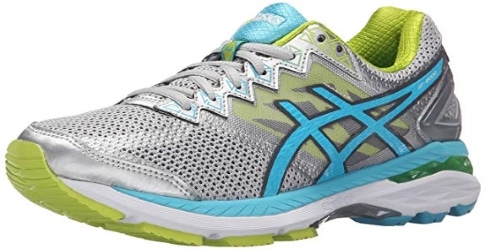
- Designed for mild to moderate overpronators
- Great for ankle pronation
- Has excellent support
- Cannot be used by severe overpronators
- Not as comfortable like older models
- Designed for mild to moderate overpronators
- Great for ankle pronation
- Has excellent support
- Cannot be used by severe overpronators
- Not as comfortable like older models
The Problems Overpronation Can Cause
This can cause a lot of health problems in the long run especially if you are running, so be sure to buy the best shoes for overpronation suggested here.
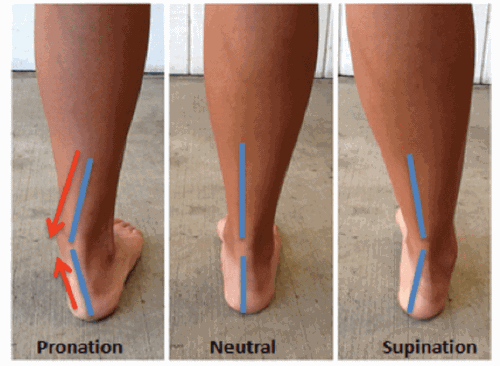
When the feet hurt, we usually want the problem to be solved as there are no other ways to travel efficiently without having to use your feet unless you are physically disabled. Overpronation, also called flat feet, makes the feet very flexible but inefficient to have as it can cause a variety of problems that the person may feel in the long run, aside from foot pain if overpronation is not addressed quickly. Here are the problems that overpronation can cause.
- Plantar fascilitis – This is the condition where a thick band of tissue that runs across the bottom of the foot and connects the heel bone to the fascia is inflamed. This is more common in runners, but people who are overweight and those who wear shoes with inadequate support run the risk of having this condition as well.
- Hallux valgus – This is also commonly called as bunions, which is one of the most common deformities of the foot. This is the condition where there is a medial deviation of the first metatarsal and lateral deviation of the hallux, also known as the great toe. This condition can lead to painful motions of the joint.
- Achilles tendonitis – This is the condition where the Achilles tendon is inflamed due to strenuous physical activity. There are two kinds of Achilles tendonitis: insertional Achilles tendonitis, which affects the lower portion of the tendon, and no insertional Achilles tendonitis, which affects the fibers of the middle section of the tendon.
- Corns, Calluses, and Hammertoes – Corns, and calluses are the thickened portions of the foot that have risen due to friction. Hammertoes, on the other hand, is a bending deformity of one joint of the second, third, fourth, or fifth toes. Hammertoes, unlike corns and calluses, may progress into something severe and may require surgical treatment if left untreated.
- Navicular apophysitis – This is the condition where inflammation and stress occur in the in the navicular area of the foot. Typically, this kind of inflammation in children and adolescents. Its symptoms include pain and swelling over the area where the muscle is. Sometimes there is a bump, and it only heals upon resting the foot for a period of time.
- Shin Splints – Shin splints is also called medial tibial stress syndrome. Shin splints are the pain that you may feel inside the shin bone area, which is also called the tibia. This typically arises as an inflammation of the bones tissue, tendons, and muscles of the tibia. Moreover, pain typically occurs along the inner border of the tibia, where the muscles attach to the bone.
- Fractures in the first and second toes – Broken toes are typically from direct trauma or injury to the said areas. Sometimes they also occur when there is excessive stress that delivers to the area, which causes the fracture to occur on the bones of the toes. Moreover, this happens when repetitive movements are done in the area.
- Medial Knee Pain and Patellofemoral dysfunction – This refers to the pain inside the knee area, as it is an injury that occurs at the articulation and the underlying femur. This occurs when there is excessive pressure on the underlying femur on one or other side of the groove, which causes irritation on the cartilage of the patella, resulting to inflammation and pain.
- Hip Pain – Hip pain often occurs due to strength imbalances when the runner moves causing misalignment. Another cause of hip pain is poor posture whenever one is running. Sometimes, it occurs by a stress fracture, although the hip does not have enough fracture for it to be drastic enough for the runner to prevent them from running.
- Low Back Pain – Running can cause lower back pain because of the repetitive stress and impact it causes. Sometimes, if the runner’s posture is poor and if their feet do not have enough support, the pressure of the foot may run up to their lumbar area, which can result to low back pain. This can also result when the runner bends or lifts their body in the wrong way.
- IT Band Syndrome – IT band syndrome is formally known as iliotibial band syndrome. This is the overuse injury that arises at the connective tissues that are connected to the outer thigh and knee. Usually, this comes as a form of irritation and inflammation of the iliotibial band, which eventually leads to pain and discomfort on the band. Rest, ice, and elevation are the primary steps to treat IT band syndrome.
- Arthritis – Arthritis is the inflammation of one or two joints of the body, which results to pain and limited functions of the joints. Arthritis from overpronation may be caused by repetitive stress that leads to the inflammation of the joints of the legs, which is often called osteoarthritis. Tenderness of the joint can be present with or without pain. Sometimes locking of the joints may also occur if not the loss of the range of the motion of the joints.
- Tendonitis – Tendonitis occurs when there is inflammation or irritation of the tendons, which usually arises due to overuse from repetitive movements. Repetitive movements cause damage and tears to the tendons. The symptoms of tendonitis usually consist of pain, the stiffness of the foot or ankle, and swelling. Usually, tendonitis can be cured within two to three months, but it may take longer depending on the severity of the injury.
- Stress Fractures – Stress fractures are small cracks in the bone or severe bruises within a bone. A stress fracture occurs when people change their activities, such as doing a new type of exercise. If the person is not careful, a stress fracture can lead to pain and discomfort and can become difficult to treat. This is common amongst beginner runners who have a tendency to overpronate and usually go through various terrains and long mileages without proper stretching.
What to Do About Overpronation
Overpronation can be troublesome if you have it and you are a runner, as not only can it cause injuries, but can also potentially destroy your shoes if you are not wearing the right kind. However, you can fix overpronation over time, as long as you are patient enough to go through the procedures of your podiatrist. Some of these methods that are below can help you on what to do about overpronation.
- Orthotic Inserts – Buying orthotic inserts can help you correct your condition. This includes inserts that both support and protect your foot because of its rigid cushioning that distributes the impact of the ground to the foot. However, do take this with caution because some people who use orthotic inserts tend to get worse over time.
- Wearing Shoes with Supports – Choosing supportive shoes will enable you to lessen the impact of the ground on your foot, while also stabilizing your gait because it supports your ankles to move in a certain way. This is one of the cheaper options to other methods if you are looking for a long-term investment.
- Strengthening Exercises – This is one of the most effective ways to battle overpronation, and also the pain that comes with it. Exercises that strengthen the arches and the muscles around them will help you eventually balance your gait and posture. This is because the muscles are able to resist the strain that usually happens when running. If you are using proper posture and gait, it may feel painful at the start, which is why it is beneficial.
- Therapy – If your overpronated feet are becoming worse, sometimes you need therapy to get back on track. This helps you not only to stretch your muscles for them to grow stronger, but also to relieve pain that you can feel whenever you are walking or running.
- Do Not Walk Barefoot – This is a prevention for the feet to become worse, which is why most feet that have overpronation need to have supported in order to lessen the worsening of the condition. This is because when overpronated feet hit the ground, the uneven distribution of the impact results to stress on the foot, which may cause stress fractures and other related conditions.
- Rest – The best way to help your feet become better from overpronation is to let them rest so that the feet can recover from the stress of the impact of the ground. This is because despite the supports being capable of absorbing shock or distributing the shock so that there would be less pain, there are still some points of the feet that receive stress.
- Change your Foot Mechanics – This includes changing your stride and timing when you hit your foot against the ground, which allows your foot to have less impact and therefore reduce the stress that it will take. This also allows you to eventually correct your posture and gait, which can help lessen overpronation.
Final Thoughts
Overall, not all shoes are for overpronation fit, as everyone has different foot sizes. Sometimes the best you can do is to go to a physical store and measure your feet . In the end, if in case you do not find any of these to be satisfactory to your needs, you may opt to buy other kinds of models. Thus, the items above are there to serve as a guide.

